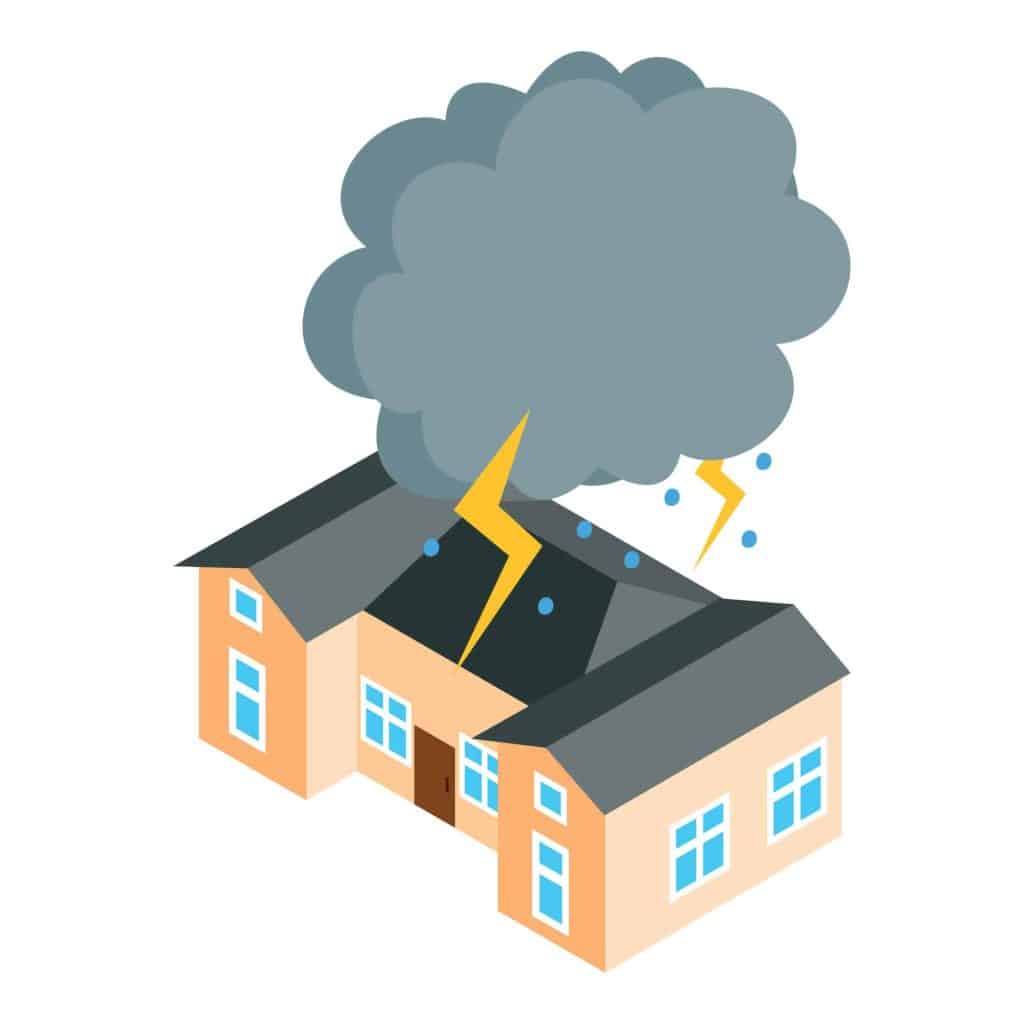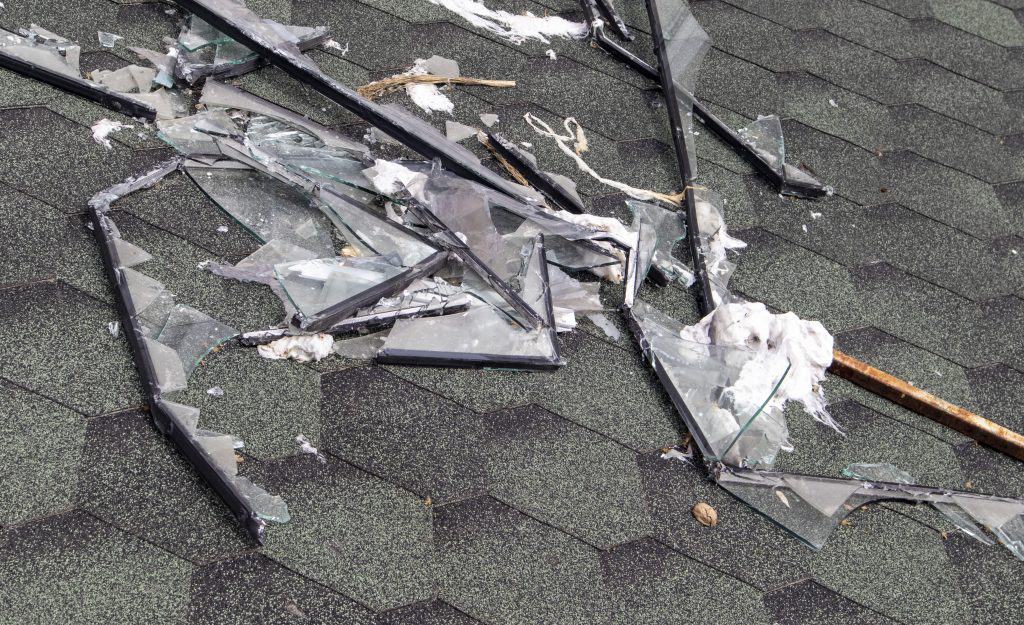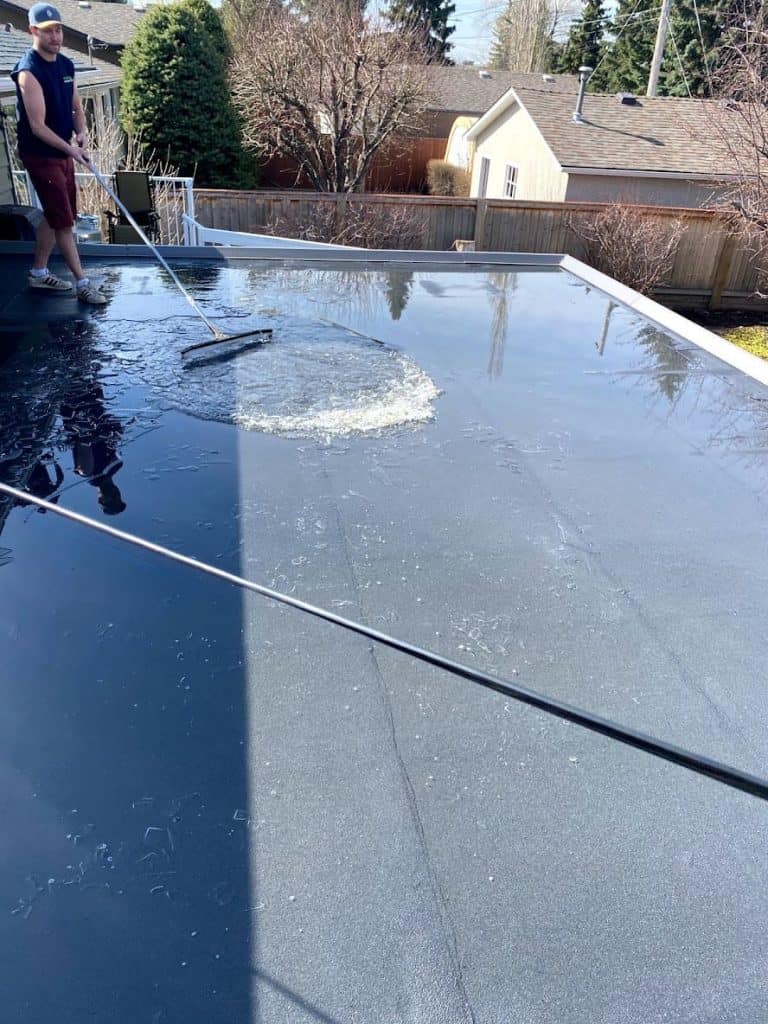>> Read More
Discovering roof damage, especially following severe weather events like the recent summer storms across Alberta, can be startling. The sudden realization that your home’s shield against the element has been compromised may cause worry. However, with the right steps, navigating through emergency repairs can be seamless, ensuring your home remains a safe haven.
Calgary’s distinct climate, characterized by cold winters and hail-prone summers, poses unique challenges for roofs. With an uptick in hail occurrences, a trend linked to climate change (source), the damages range from minor shingle impairments to major structural issues. Understanding common types of roof damage and their causes is crucial for effective emergency repair.

In Calgary, unpredictable weather can swiftly lead to various types of roof damage, demanding immediate action. Here’s a breakdown of some common types:
Understanding the type of damage your roof has sustained is crucial for effective emergency repair. Each damage type requires a different repair approach, and professional assessment is key to ensuring the right solution is applied.
Absolutely, it’s important to add a disclaimer to ensure homeowners understand the limitations and potential risks involved. Here’s a revised “Temporary Measures” section with a disclaimer and how it fits into the current structure:
The moment roof damage is discovered, a timely response can significantly mitigate the situation, paving the way for a smoother repair process. Actions may vary based on the damage extent and location.

Safety should always be your priority. It’s advisable to steer clear of the damaged area, especially during harsh weather conditions. If the damage has led to a leak, ensure to turn off electricity in the affected area to prevent electrical hazards. It’s wise to avoid climbing on the roof to inspect the damage, especially in adverse weather conditions.
In rural areas or situations where a professional roofer can’t immediately attend to the damage, temporary measures might be necessary. For minor leaks, applying a waterproof tape or a sealant can provide a temporary fix, though these are merely provisional solutions. Here are some temporary measures if you find them applicable and safe to execute in your scenario:
These are merely provisional solutions, and a professional assessment and repair are crucial for restoring your roof’s integrity and ensuring long-term peace of mind.

Documentation is crucial when it comes to emergency roof repairs. From a safe vantage point, capture clear photos and jot down detailed notes of the damage. This documentation can be invaluable when filing insurance claims and will provide your roofing contractor with useful insights into the extent of the damage.
Roof damage can be an unexpected expense, but homeowners’ insurance may cover some or all repair costs, depending on your policy. Here are steps to help navigate the insurance claims process:
Understanding and navigating the insurance claims process can significantly ease the financial burden of emergency roof repairs and ensure a smoother repair experience.
Emergency roof repairs necessitate a professional touch to ensure a thorough and lasting solution. At Whalley’s Four Seasons Roofing, we provide a comprehensive assessment to understand the damage extent and nature. While temporary fixes can halt further damage momentarily, professional repair is essential for restoring your roof’s integrity and longevity.
Benefits of Timely Roof Repairs:
Future-proofing your home against Calgary’s harsh weather conditions is a prudent move. Investing in durable and resilient roofing materials like Euroshield can significantly enhance your roof’s resilience against hail and other adversities. Additionally, regular roof inspections and maintenance can catch potential issues before they escalate, ensuring your home remains safe and secure through the seasons.
Emergency roof repairs may seem overwhelming at first, but with the right professional guidance and prompt action, the process becomes much more manageable. Reach out to Whalley’s Four Seasons Roofing for expert advice, and rest assured that your roof is well-equipped to protect your home against Calgary’s diverse climate challenges.
>> Read More
>> Read More
>> Read More
>> Read More
>> Read More
>> Read More